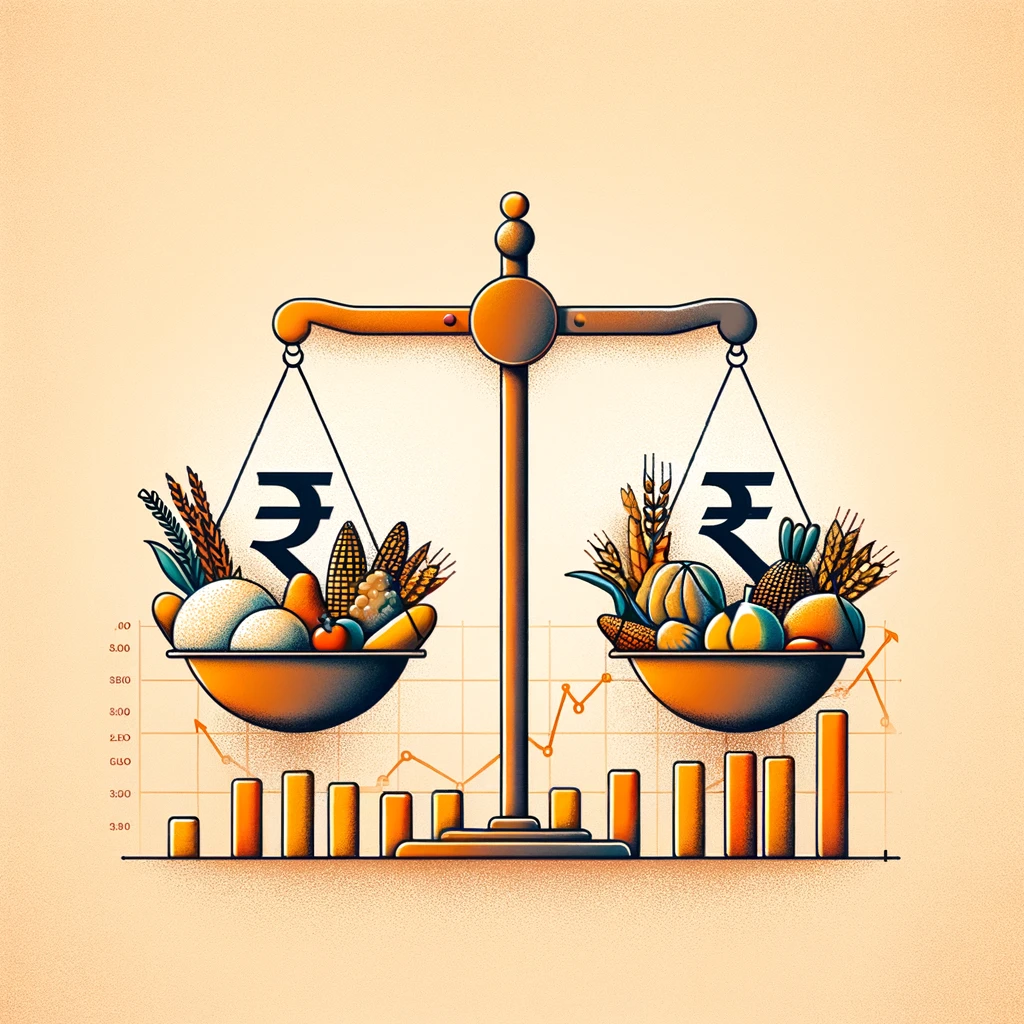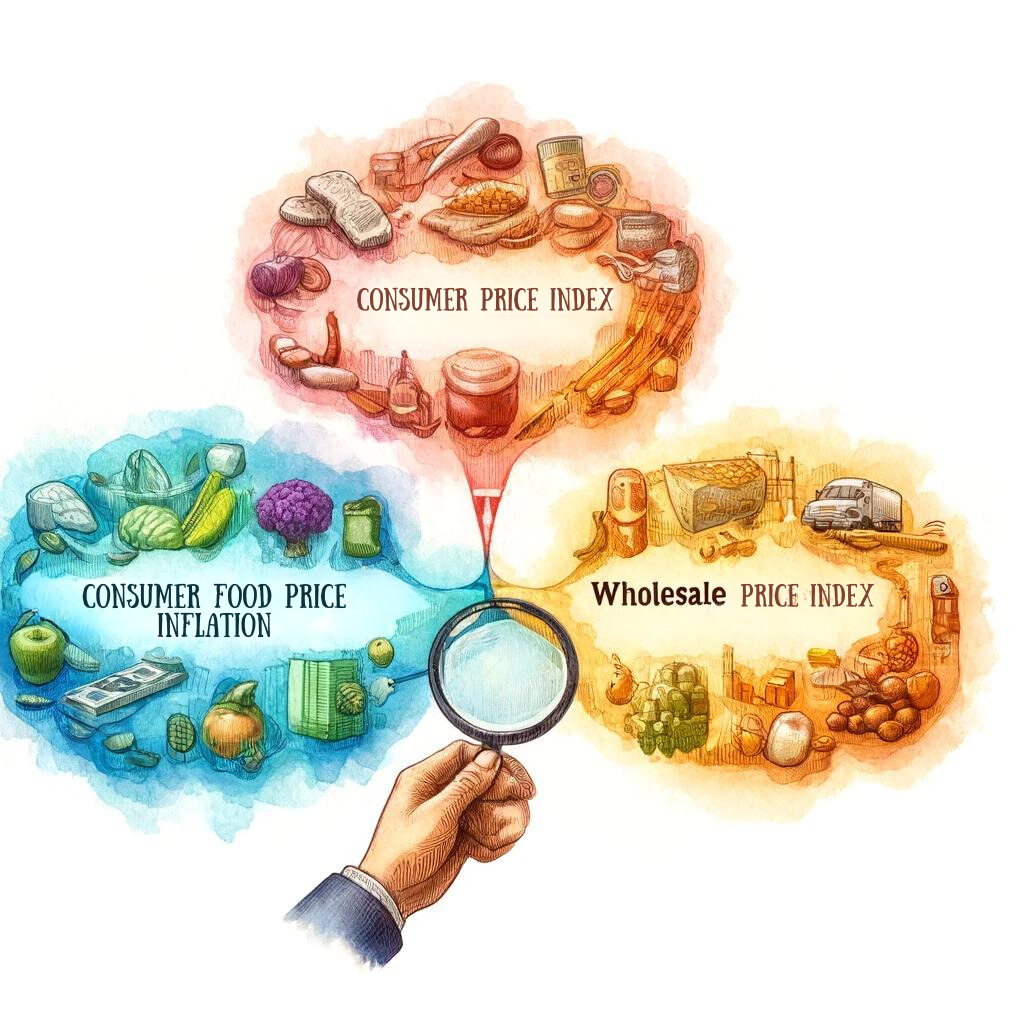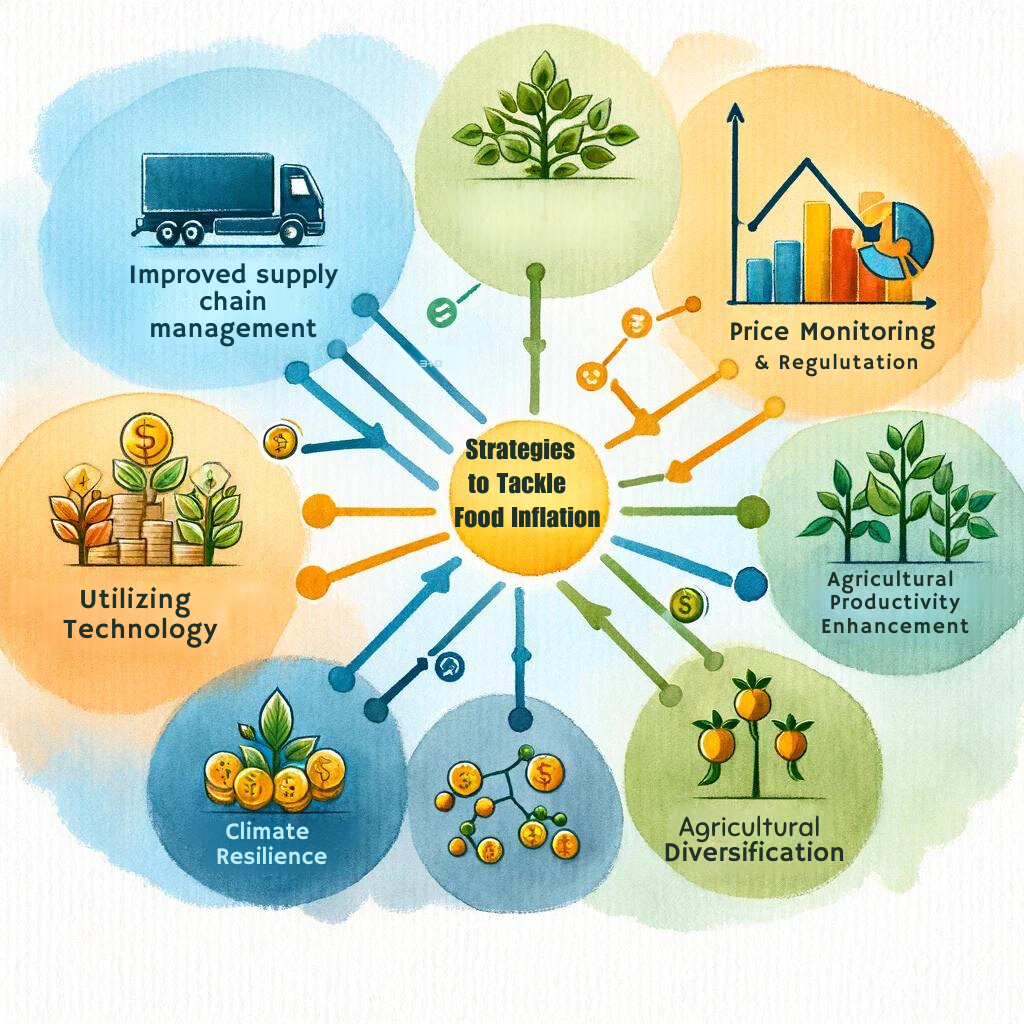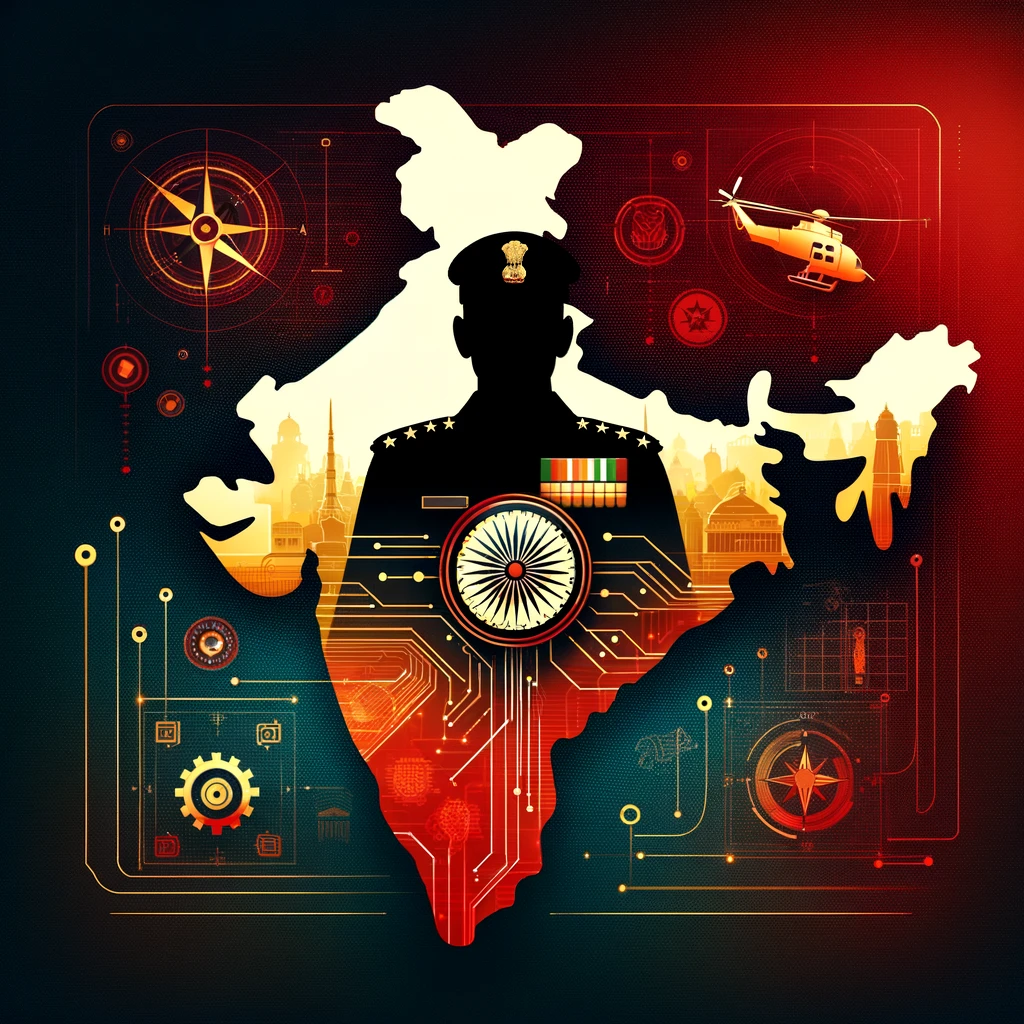
Introduction
In recent times, India has seen a peculiar trend in its economy where overall inflation rates are showing a marginal slowdown, yet food prices are climbing at an alarming rate. In April 2024, while headline Consumer Price Index (CPI) inflation slightly dropped, food inflation surged to a four-month high of 8.7%. This rise in food prices has significant implications for both urban and rural populations, affecting everything from household budgeting to national economic policies. This editorial delves into the recent trends in food inflation, exploring its causes, impacts, and the measures needed to control it, providing a comprehensive understanding crucial for UPSC aspirants.
Origin of the Article
This editorial is based on “Little respite: On food price gain,” which was published in The Hindu on May 16, 2024. The article discusses the contrasting trends of slowing overall inflation and accelerating food prices in India.
Relevancy for UPSC Students
For UPSC aspirants, understanding the dynamics of food inflation is crucial. It relates directly to the Indian Economy segment of the UPSC syllabus, covering topics like inflation trends, fiscal and monetary policies, and their impact on growth and development. Insights into these areas not only enhance their general awareness but also equip them with the knowledge to analyze and write about economic issues effectively in the exam.
Why in News
The recent surge in food inflation, peaking at a four-month high despite a general slowdown in overall inflation, raises significant concerns for economic stability and policy-making in India. This topic is crucial for UPSC aspirants as it directly relates to economic growth, resource mobilization, and fiscal and monetary policies—areas frequently explored in the Civil Services Examination. Moreover, understanding the underlying factors and potential solutions for managing food inflation is essential for effective governance, making this an important area of study for future policymakers.
Recent Trends in Overall Inflation & Food Prices
Food Prices
The Department of Consumer Affairs reports significant year-on-year increases in food prices, with cereals and vegetables showing substantial hikes. Rural consumers experienced food price gains of 8.75%, slightly higher than their urban counterparts. This reflects disparities in inflation impacts between different demographics, exacerbated by specific category spikes such as a 27.8% rise in vegetable prices.
Rural Consumers
For rural consumers, the Consumer Price Index (CPI) stood at 5.43%, notably higher than the urban rate of 4.11%. This discrepancy can be attributed to factors including less favorable monsoon conditions and higher temperatures, which particularly affect rural areas where agriculture is more prevalent, thereby impacting the cost of living more directly.
Understanding Inflation
About Inflation
Inflation represents the rate at which the general level of prices for goods and services is rising, leading to a subsequent fall in purchasing power. It is a critical economic indicator that affects decisions in policy making, investment, and spending in the economy.
Causes of Inflation
Inflation can arise from various sources, including demand-pull inflation, where demand exceeds supply; cost-push inflation, stemming from increased costs of production; and wage-price inflation, where wage increases lead to higher prices. Each type influences the economy differently, affecting purchasing power and the cost of living.
Factors Contributing to Elevated Food Inflation
Temperature and Weather Challenges
Adverse weather conditions, such as weak monsoons and heat waves, critically impact agriculture, leading to reduced crop yields. This is particularly true for water-intensive crops like cereals, pulses, and sugar, resulting in supply shortages and, consequently, higher food prices. Such environmental challenges underscore the vulnerability of agricultural outputs to climate variability.
Fuel Prices
There is a notable correlation between rising fuel prices and food inflation. Statistical data suggest that a 1% increase in fuel prices can lead to a 0.13% rise in food inflation, with the impact diminishing over the subsequent months. This relationship highlights the significant role of transportation and energy costs in the overall dynamics of food pricing.
Supply Chain Disruptions
Food inflation is also exacerbated by supply chain issues, including transportation constraints and labor shortages. These disruptions hinder the efficient distribution of food, leading to increased spoilage and reduced availability of perishable goods like vegetables, which have seen continued double-digit inflation rates.
Global Effect
Global market dynamics, influenced by conflicts such as the Russia-Ukraine war, affect India’s food inflation by disrupting the supply of key imports like edible oils and pulses. Besides, a major exporter of several agricultural products, India’s dependency on imports for certain staples makes it susceptible to international price volatility.
Measuring Food Inflation in India

Consumer Price Index (CPI)
The CPI measures inflation from the perspective of retail buyers. It includes various types, such as CPI for Industrial Workers (IW) and CPI for Agricultural Labourers (AL), each tailored to track cost of living changes for different demographic groups, highlighting the diverse economic experiences across the population.
Consumer Food Price Inflation (CFPI)
The CFPI, a subset of the broader CPI, specifically tracks changes in the prices of food items consumed by households. It provides a focused view of how food prices are moving, which is essential for policy formulation aimed at controlling inflation.
Wholesale Price Index (WPI)
The WPI provides insights into the price movements of goods at a wholesale level, excluding services. It is used to gauge the price of goods traded between corporations rather than goods bought by consumers, helping to understand the broader economic pressures on price levels.
Government Initiatives to Control Food Inflation
Strategies and Policies
The government has implemented several strategies to mitigate food inflation, including subsidizing commodities, reducing import duties, and banning exports of certain goods. These measures are aimed at stabilizing the market and ensuring that essential goods remain affordable and accessible to the general population.
Strategies to Tackle Food Inflation
Improved Supply Chain Management
Enhancing the logistics and distribution infrastructure can significantly reduce food waste and stabilize prices. Innovations like refrigerated transport can maintain the quality of perishable goods, ensuring they reach consumers efficiently.
Agricultural Productivity Enhancement
Investing in agricultural technology and infrastructure can increase productivity, making food supply more consistent and prices more stable. Techniques such as drip irrigation can optimize resource use, improve yields, and reduce dependency on unpredictable environmental factors.
Price Monitoring and Regulation
Establishing robust mechanisms for monitoring prices and enforcing regulations can prevent price gouging and ensure fair trading practices. Setting maximum retail prices for essential commodities can shield consumers from sudden price spikes.

Agricultural Diversification
Promoting the cultivation of diverse crops can enhance food security and economic resilience. Diversification helps maintain soil health and reduces dependency on a narrow range of crops, which can be vulnerable to pests, diseases, or specific climate impacts.
Climate Resilience
Implementing climate-smart agricultural practices is crucial for sustaining food production in the face of global warming. Practices such as crop rotation and rainwater harvesting can help maintain crop yields despite variable weather patterns.
Utilizing Technology
Technologies like AmbiTag can monitor environmental conditions during food transport, helping to maintain quality and reduce losses. This kind of innovation is key to modernizing supply chains and ensuring food security in a changing climate.
Conclusion
The persistent rise in food inflation, despite an overall slowdown in retail inflation, highlights a critical challenge for India’s economy. As future policymakers, UPSC aspirants must understand the multifaceted nature of this issue, including its roots in agricultural productivity, supply chain inefficiencies, and global influences. Addressing these concerns through innovative policies and effective governance will be crucial for ensuring economic stability and food security in India. Engaging with these complex economic phenomena now prepares aspirants to tackle real-world problems effectively.development but have also contributed to food inflation in India. Critically analyze this viewpoint. (2014)


